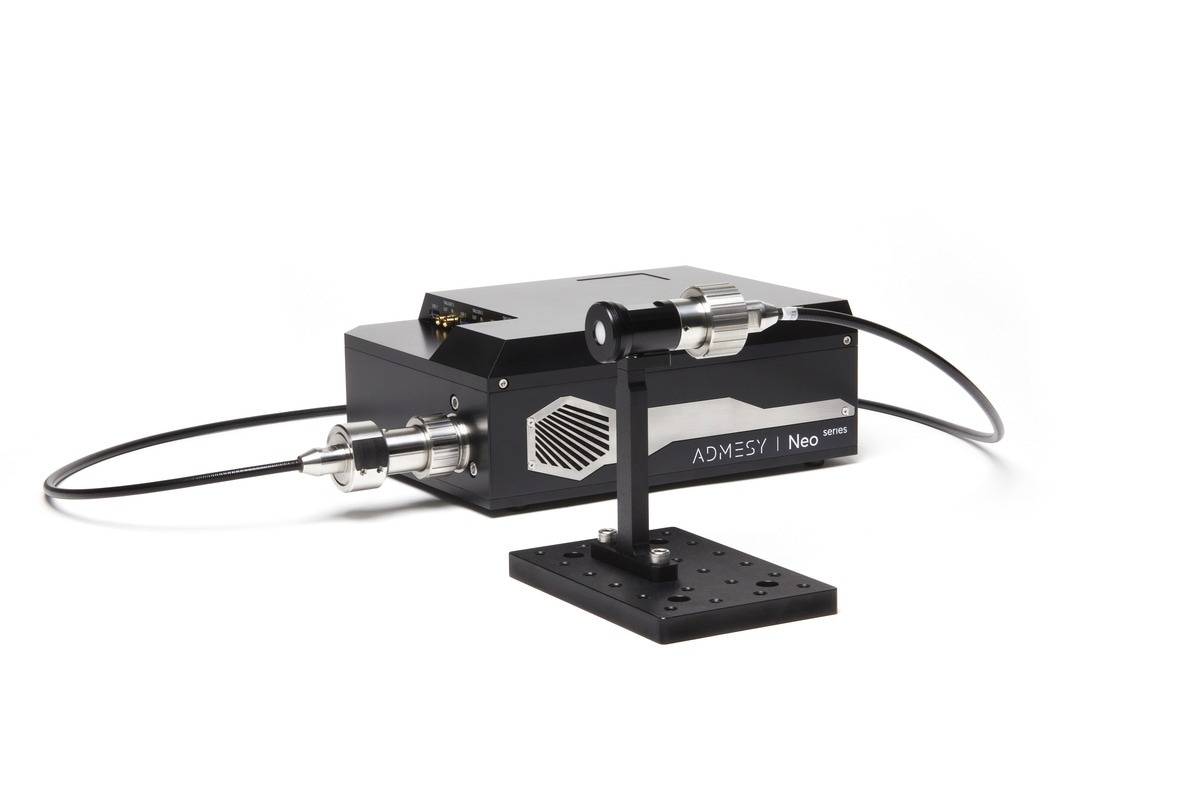The measurement of light can be separated into a range of measurement principles. Each of these measurement principles is quantified according to different optical parameters. In the case of photometric measurements, for example, these are expressed according to human eye responses.
The measurements are based on an averaged spectral sensitivity generally referred to as the V(λ)-luminosity function. It categorizes wavelengths of green-yellow light of approximately 555 nm, regarded as the concentrated peak sensitivity of human vision in bright conditions.

Image Credit: Admesy
Photometric measurements focus on the luminance (cd/m2), luminance (lm/m2 or lux), luminous power (lm) and luminous intensity (cd) of a light source.
This article explores luminous intensity in greater detail, examining light measurement instruments regarded as most appropriate for assessing the intensity of a lighting product.
What is Luminous Intensity?
Luminous intensity - not to be confused with brightness - is the amount of wavelength-weighted power of a light emitted per unit solid angle. Expressed as a unit of candela (cd), luminous intensity is measured in accordance with the Vλ luminosity function.
A light source’s luminous intensity is different from its luminous flux. The latter measures the power output - expressed in lumens (lm) - according to the Vλ of a light source in every direction.
This distinction emphasizes the semantic difference between luminous flux and luminous intensity. The latter is a reference to the optical power output within a defined field of view.
When it comes to the measurement of solid-state lighting (SSL) and high-power light-emitting diodes (LEDs) for commercial and domestic spotlights, luminous intensity plays a vital role.
The quantification of the optical output of a directional light source in comparison to an averaged human sensitivity benchmark is a critical element in the development, manufacture and quality control of LEDs and SSL for the commercial market.
Measurement Instruments for Luminous Intensity
To obtain the most optimized response, luminous intensity measurements are performed in isolation in the absence of ambient light.
Measurement instrumentation is usually employed to obtain a number of photometric measurements to evaluate the broad optical characteristics of a light source.
The photometers must be capable of performing luminous intensity measurements and possess either a cosine corrector or an integrating sphere in a 2 π configuration. A cosine corrector is the most compact option of the two and is viewed as the most practical solution as a result. A cosine corrector can collect light across a 180° field of view with a Lambertian response.
Spectrophotometers can utilize either of these geometrical configurations to establish the luminous intensity of an SSL or LED device.
Luminous Intensity Measurements with Admesy
Admesy offers a broad and diverse selection of photometric measurement instruments and accessories designed to measure the luminous intensity of a variety of professional and commercial lighting devices.
Admesy has numerous alternatives - depending on the need for measuring multiple parameters - capable of providing a complete analysis of the optical characteristics of lighting throughout the entire production process.
The range of measurement instruments with the capacity to acquire luminous intensity data when combined with a cosine corrector includes the Neo series spectrometer and the Astera series light meter.

This information has been sourced, reviewed and adapted from materials provided by Admesy.
For more information on this source, please visit Admesy.